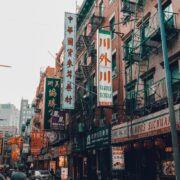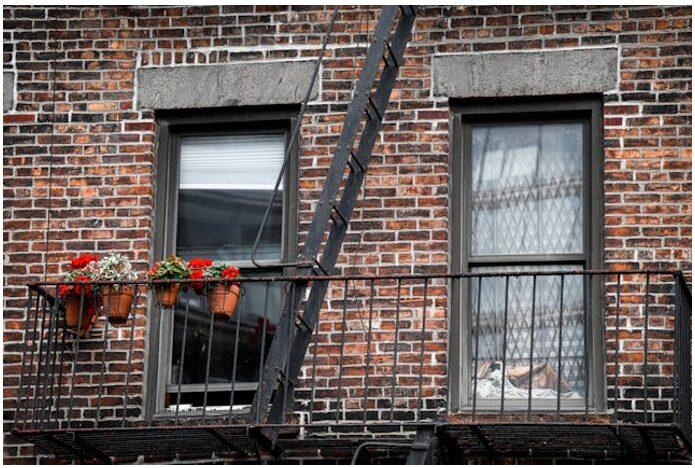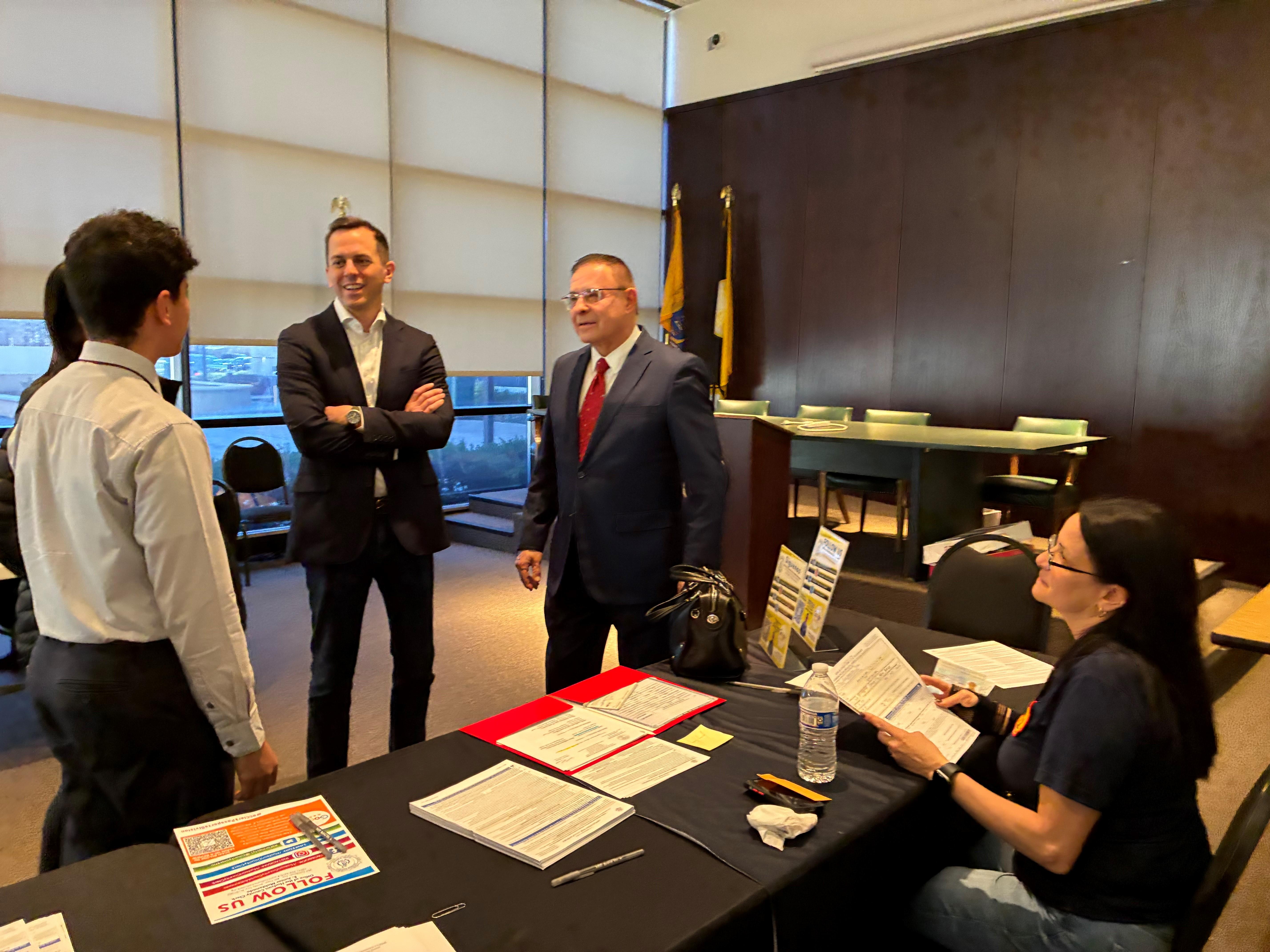
NEW York City is recognizing the fact that despite a long history of having been in the U.S. and increasing numbers and political influence today, the Asian and Pacific Islander (API) community continues to experience a recurring dynamic of “othering,” which underlies the increasing xenophobia and anti-API hate crimes and bias-motivated incidents during the COVID-19 pandemic.
“Promoting deeper understanding of API communities, including their diversity and complexity, must be part of the national strategy to address this systemic racism,” according to a new report released by the NYC Mayor’s Office of Immigrant Affairs (MOIA).
The API community is the fastest growing racial group in NYC, mainly driven by the influx of immigrants, said the report, which spotlights the importance of understanding more about the unique challenges and characteristics of immigrant communities to better respond to their needs.
Included in the report is a new analysis of the community, highlighting its demographic and economic characteristics, diversity, growth, settlement patterns, and immigration status.
Among the other key findings: API immigrants are one of the most diverse racial groups in the City, representing more than 30 different ethnic groups and speaking more than 50 languages and that two-thirds of API immigrants are essential workers compared to 57 percent of White immigrants.
“This Immigrant Heritage Month, MOIA is proud to advance our commitment to supporting immigrant New Yorkers with our new analysis of Asian and Pacific Islander immigrant communities in New York City,” said Raquel Batista, Commissioner of the Mayor’s Office for Immigrant Affairs. “Amid the disturbing rise in anti-Asian bias and discrimination, this report breaks down myths and misinformation about the community, explores the incredible diversity of API immigrant New Yorkers, and highlights both the contributions and critical needs of our API communities. Using this new research, MOIA will continue working with and advocating for NYC’s API communities to ensure a strong recovery and to build a more integrated city for all New Yorkers.”
Based on an analysis of the 2019 ACS data, there are 845,000 API immigrants in New York City, accounting for 28 percent of the total 3 million immigrants living in the City. This number grew by 12 percent from 2010 to 2019.
The Chinese immigrant population is the largest API ethnic group, followed by Indian, Korean, Filipino and Bangladeshi, with the fastest growing ethnic groups coming from Bangladesh, Pakistan, and China.
According to the figures, there are 54,295 Filipinos in NYC or about 6.4 percent of the API population.
Filipinos have the highest percent of a population that reported as female (61 percent) and Pakistani immigrants have the smallest percent (43 percent) as six of the top 10 API immigrant ethnic groups reported more females than males.
The share of Asian immigrants who are naturalized is on par with the total foreign-born population (56 percent each). Vietnamese (74 percent) and Filipino (65 percent) immigrants have the highest share of their foreign-born population who have become U.S. citizens.
13 percent of all API immigrants in NYC are undocumented, slightly lower than the share of NYC immigrants overall (16 percent).
MOIA’s analysis of analysis of the 2019 ACS data shows that more than half of API immigrants live in Queens (52 percent). Ethnic groups with the highest concentration in this borough are Bangladeshi (71 percent of Bangladeshis live in Queens) followed by Korean, Asian Indian, and Filipino (64 percent each).
Filipino immigrants have the lowest share of reported Limited English Proficiency (meaning that they self-identify as speaking English “less than very well”) at 27 percent, while Chinese immigrants have the highest share of reported LEP (76 percent).
The report also dispelled the “model minority” myth, a stereotype of API individuals as industrious and rule-abiding people, which perpetuates the misconception that API communities in the United States are monolithic.
Poverty rate & economic characteristics
There are many variances in the social, economic, and demographic characteristics between the diverse ethnic groups within the community, something that the report highlights.
The report said that API and Hispanic immigrants have the highest poverty rates of all immigrant groups (24 percent) and 13 percent of all API immigrants in NYC are undocumented, slightly lower than the share of NYC immigrants overall (16 percent).
Among the API immigrants, Bangladeshi and Pakistani immigrants have the highest poverty rates (32 percent and 29 percent) compared to the groups with the lowest poverty rate; Filipino (12 percent) and Japanese (14 percent).
Overall, the average earnings of API immigrants are higher than all NYC immigrants ($54,600 compared to $51,200). However, there is large disparity within the API ethnic groups: Japanese workers have the highest average earnings ($87,500) compared to the Nepalese, the group with the lowest earnings ($36,000).
According to the analysis, Filipino immigrants have the highest median household income of all API immigrants ($104,200) which is also higher than median household income for White immigrants ($80,900). Bangladeshi immigrants’ median household income was the lowest ($55,600).
Median household income for all NYC immigrants is $66,100, slightly lower than that of all API immigrants ($69,500).
The report is part of MOIA’s continued work with city agencies and community partners to address racial and economic inequities, especially during COVID-19 pandemic recovery efforts.
It also comes at a time of increased incidents of discrimination and violence against API individuals, rooted in the long history of racism, stereotyping, and scapegoating of API immigrant communities in the United States. n






